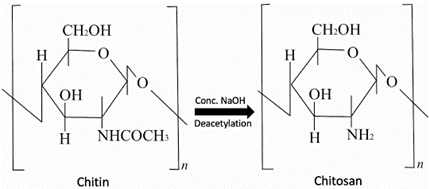Heavy Metal Ion Adsorbent in Aqueous Solution: A Review on Chitosan and Chitosan Composites
DOI:
https://doi.org/10.37934/armne.18.1.78102Keywords:
Environmental pollution, heavy metal ions, adsorption, chitosan, modificationAbstract
One prominent contributor to environmental degradation is the presence of heavy metal ions, which are commonly introduced into ecosystems through diverse channels, including mining operations, paint manufacturing, battery production, and agricultural practises. The unprocessed waste from these industries typically undergoes direct discharge into rivers and seas, thereby adversely influencing the potable water supply and marine ecosystem. This results in the accumulation of heavy metals within living organisms and subsequent environmental degradation that poses a significant risk to human health, as their prolonged consumption can harm various organs and the nervous system. Therefore, the United States Environmental Protection Agency (US-EPA) and the World Health Organisation (WHO) have established stringent regulations regarding the allowable levels of heavy metal intake, particularly concerning potable water consumption. The imperative lies in surmounting this challenge by discovering the optimal technique for extracting heavy metals. This paper examines the primary methods of eliminating heavy metal ions using chitosan-based materials. Specifically, the methods under scrutiny include electrocoagulation (E.C.), bioremediation, ion-exchange, membrane filtration (purification), and adsorption. Adsorption, as a highly efficient method, presents itself as a viable strategy for the remediation of dyes in textile wastewater due to its advantageous characteristics. Notably, this approach obviates the need for extensive spatial requirements and exhibits a commendably swift treatment duration. Chitosan exhibits promising adsorptive characteristics owing to its advantageous physical attributes, including crystalline structure, porous nature, and particle dimensions, all of which synergistically enhance the adsorption capacity of chitosan. Research findings indicate that the adsorption characteristics of chitosan are subject to variation contingent upon the distinct heavy metal ions under consideration and the specific experimental parameters employed. Hence, optimising these parameters becomes imperative to attain enhanced chitosan adsorption capabilities for heavy metal ion removal.









